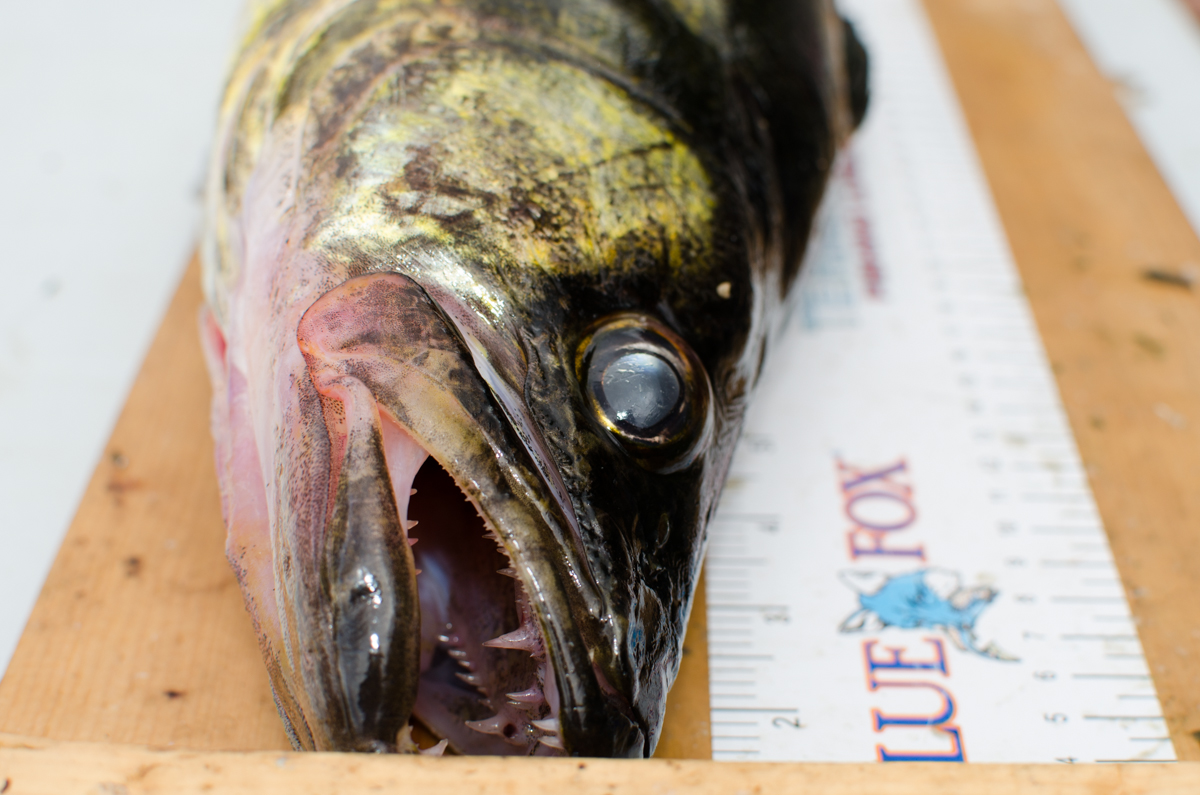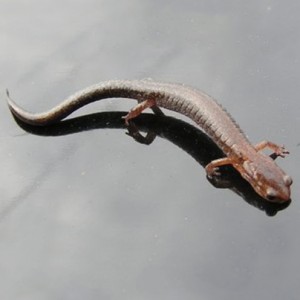Comparative Neurobiology Lab
Animal cognition and its neural correlates

When possible, our lab-based approach to a question involves behavioural assays, anatomy and histology work, and molecular methods to infer relationships between brain features and behaviour. For example, protocols of appetitive and aversive conditioning were established in the laboratory using the fire-bellied toad Bombina orientalis as a model (Jenkin and Laberge, 2010; Ramsay et al. 2013; To and Laberge, 2014). Then, conditioning protocols were adapted to measure genomic brain responses associated with conditioning (Lewis et al. 2020). By doing such experiments, we hope to clarify which molecular pathways (e.g. neurotransmitters and neuromodulators) take part in learning and motivation processes in amphibians. We also hope to develop better methods of functional neuroanatomy than those currently available for work with anamniote vertebrates. These methods are used to measure brain activity indirectly and allow localization of the activity engaged by cognitive processes. The information gleaned from studies of amphibians can then be compared to the situation in other vertebrates to infer evolutionary trends and possibly explain differences in cognition among vertebrates.
Another focus of research is field sampling of fish in collaboration with ecologists, which allows to combine our anatomy and histology work with quantitative ecological methods to explore the influence of ecology and environmental factors on the brain, a discipline sometimes referred to as ‘neuroecology’. We also have just begun using behavioural tasks in the field to evaluate cognitive abilities of fish in their natural habitat. Such investigations can inform us of the cognitive abilities needed by wild animals to thrive in their natural environment.
More Research in the Laberge Lab


